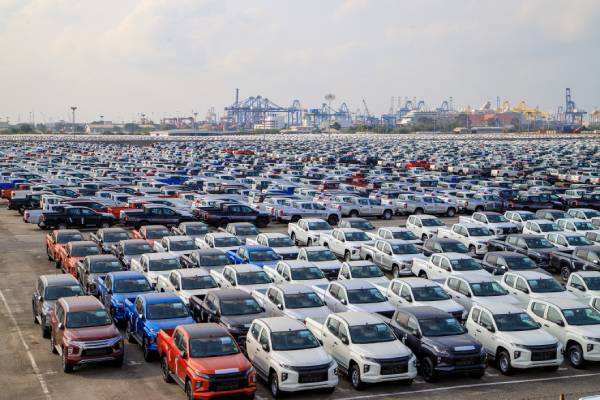
President Donald Trump announced Wednesday that, starting April 2, all imported cars and light-duty trucks will face a 25% tariff. Trump said the goal is simple: get automakers to build more vehicles in the U.S. and create more American jobs.
“You’re going to see prices coming down,” Trump said. “We’re already setting records for new plants.” He pointed to Honda’s decision to build the next-generation Civic in Indiana instead of Mexico as proof that the policy is already working.
The tariff only applies to vehicles made outside the U.S. Trump called the current system—where parts and cars are assembled across Mexico, Canada, and the U.S.—“ridiculous.” He also emphasized the new tariff is “permanent, 100%.”
Industry estimates say the average cost of an imported vehicle could rise by as much as $12,500. Even U.S.-made vehicles may go up in price because many still rely on foreign-made parts.
There may be some exemptions. A White House official said car parts that meet the U.S.-Mexico-Canada Agreement (USMCA) rules won’t be taxed, for now. However, it’s unclear if all vehicles built under USMCA rules will also be exempt.
Rep. Debbie Dingell said people are still trying to figure out the details. “It appears at this moment in time USMCA-compliant vehicles and parts may not be subject” to the tariffs in full, she said. But she added that automakers will need time to adjust.
Trump also floated a possible tax break for buyers of U.S.-made cars, saying he wants to let people deduct interest on car loans if the car was made in America. That plan hasn’t been finalized.
Some automakers have already started adjusting. Orders for vehicles and parts surged in February, as companies rushed to lock in prices before the tariffs take effect. But experts say reworking supply chains could take years.
Meanwhile, global leaders aren’t happy. Canada’s prime minister said the move is “a direct attack,” and Europe promised to respond if needed.